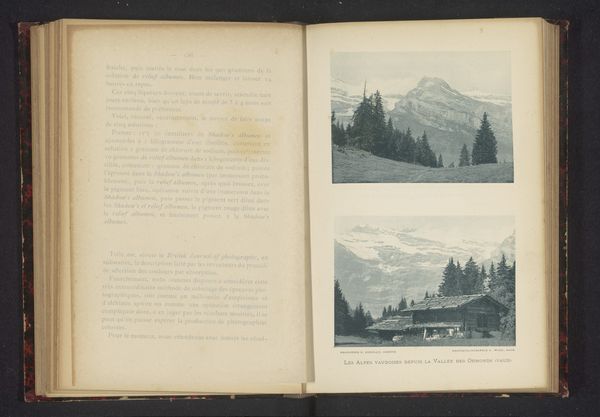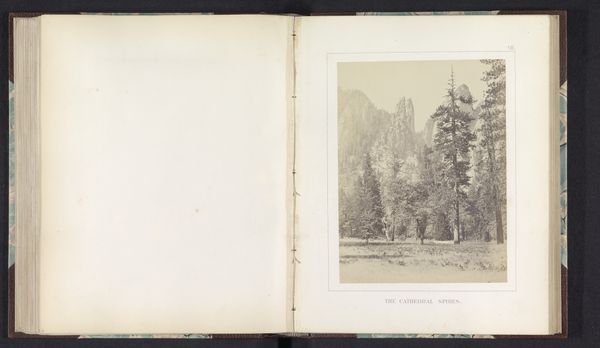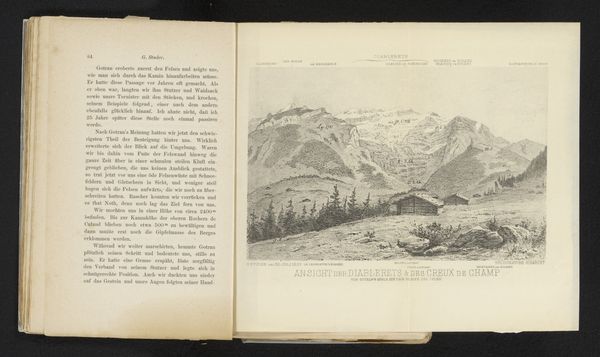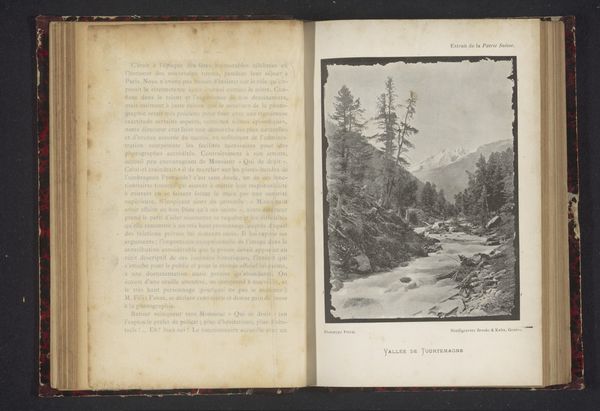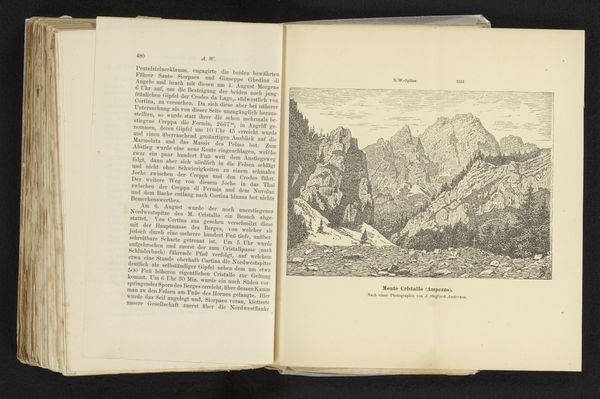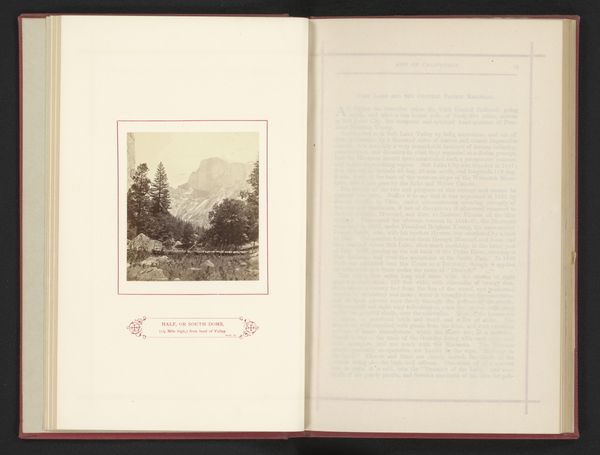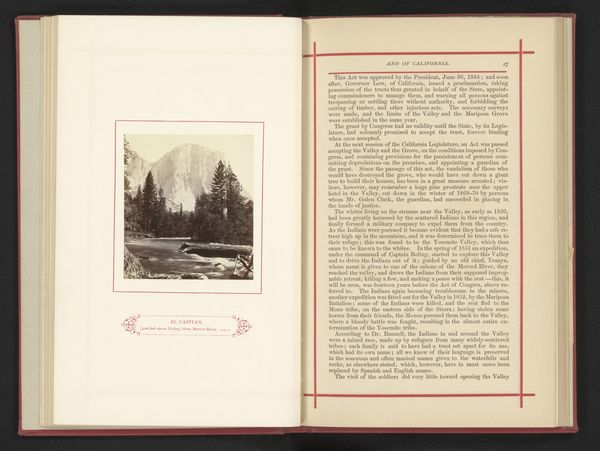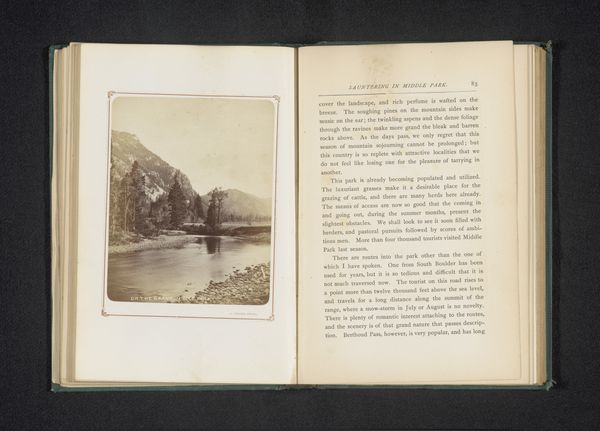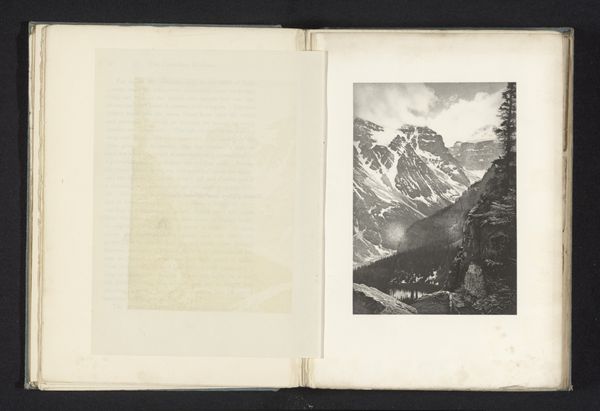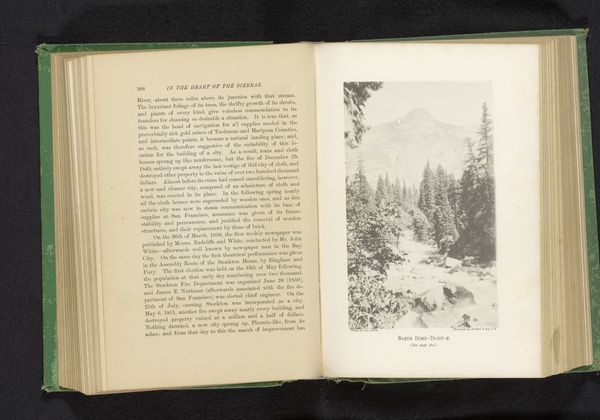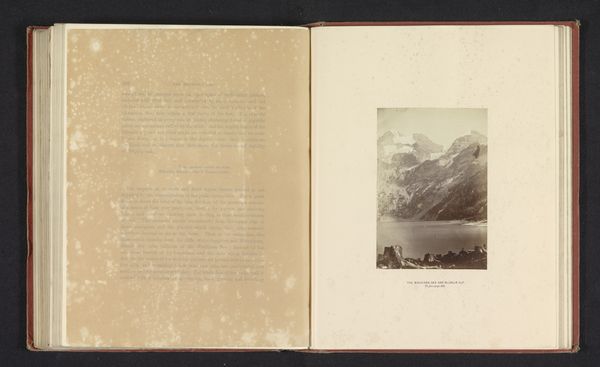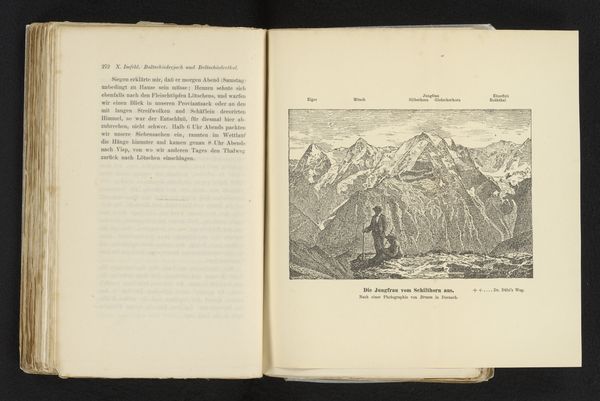
print, plein-air, photography, gelatin-silver-print
#
lake
# print
#
plein-air
#
landscape
#
photography
#
gelatin-silver-print
Dimensions: height 165 mm, width 115 mm
Copyright: Rijks Museum: Open Domain
Editor: So, this is Walter Dwight Wilcox's gelatin-silver print, "Gezicht op Bow Lake," from before 1897. I find the scene strikingly peaceful, almost melancholic, even, and wonder, how do you interpret this work? Curator: It’s more than just a peaceful landscape, I believe. We need to consider the cultural context. Wilcox, an American, photographing the Canadian wilderness – how does this image participate in the late 19th-century narratives of exploration and the claiming of territories? What does the "untouched" nature truly mean in relation to colonial expansion and dispossession of indigenous people? What are your thoughts on this tension between aesthetics and politics? Editor: I hadn't considered it in that light. I was mainly seeing the artistic merits—the way the light hits the glacier. So, you are suggesting this picturesque view might inadvertently mask a more complex and perhaps problematic history? Curator: Precisely! The aesthetic pleasure is undeniable. But the crucial thing is for us to also interrogate the narratives this imagery reinforces. Who is invited to experience this beauty? Whose stories are erased by the framing of this land as pristine and empty? Thinking about issues such as climate change and conservation, it prompts us to confront how similar romantic visions continue to inform, and potentially mislead, our relationship with the environment. Editor: That makes me think about the contemporary politics surrounding land use and resource extraction, and how images like this can inadvertently support those in power. It's quite eye-opening. Curator: Exactly. And how can we utilize the knowledge to be better, more critical, consumers – and creators – of art? Editor: Thanks, I learned that pretty landscapes can have pretty complicated contexts. Curator: Indeed. It’s in exploring those complications that art history becomes truly meaningful.
Comments
No comments
Be the first to comment and join the conversation on the ultimate creative platform.
